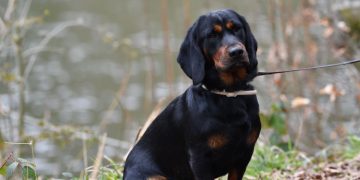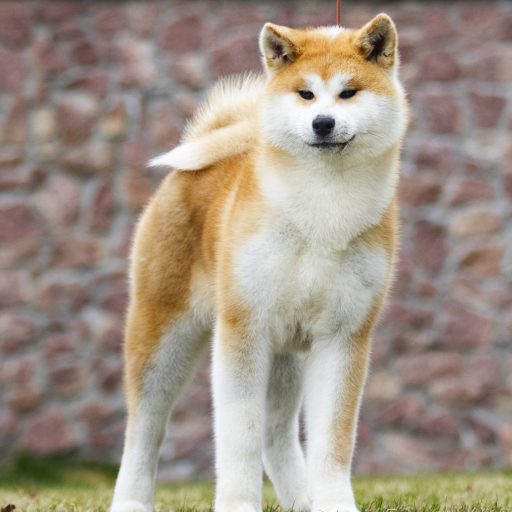The Basset des Alpes is a sturdy, stoutly built, low-legged hunting dog. It is also characterized by firm musculature and a well-developed bone structure.
Breed History
The Basset des Alpes is a very old breed, since the ancestors of this dog with a similar appearance were already used by hunters in antiquity. During the first half of the 1880s, he was Crown Prince Rudolf of Habsburg’s favorite hunting dog, so he always took them with him on his hunts in Turkey and Egypt.
First called Basset des Alpes from the Erzgebirge, it was recognized by the Austrian umbrella cynological association as the 3rd breed of red dog (blood research) in 1932. It was not until 43 years later that the denomination current one, that of Basset des Alpes, will be adopted. This is the date on which the Fédération Cynologique Internationale (FCI) recognizes the breed definitively. The FCI then reclassifies it (in 1991) among the blood search dogs in group 6.
Physical peculiarities
His hair: very dense, well lying, covering the whole body. The outer coat is associated with a thick undercoat.
Its color: dark fawn to red, with or without black labelling. Or black with reddish-brown markings on head, chest, legs, feet, and underside of tail.
His head: slightly domed skull and marked stop. The nose is black and the muzzle strong.
His ears: set high, devoid of folds, wide, hanging, moderately long (reaching the canines) and with rounded ends.
His eyes: dark brown. The eyelids are very black and well applied to the eyeball.
His body: the ratio between the height at the withers and the length of the body is 2:3. The trunk is solid, rather long and well muscled, the withers slightly raised, the back straight, the loins short and wide, the chest wide and well let down, the belly slightly raised.
Its tail: thick at its base, attached high, carried slightly low, of good length (just reaches the ground), furnished with a longer hair on its interior face.












